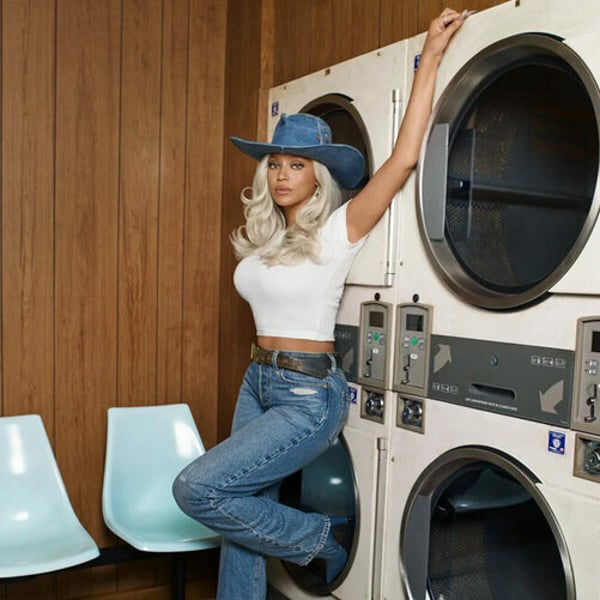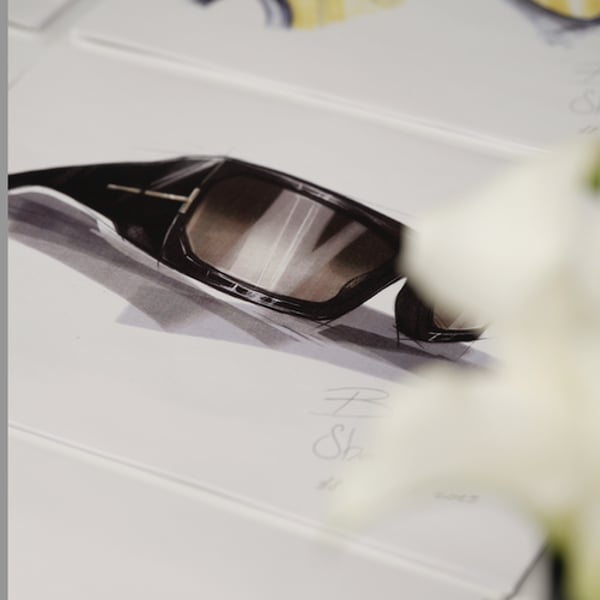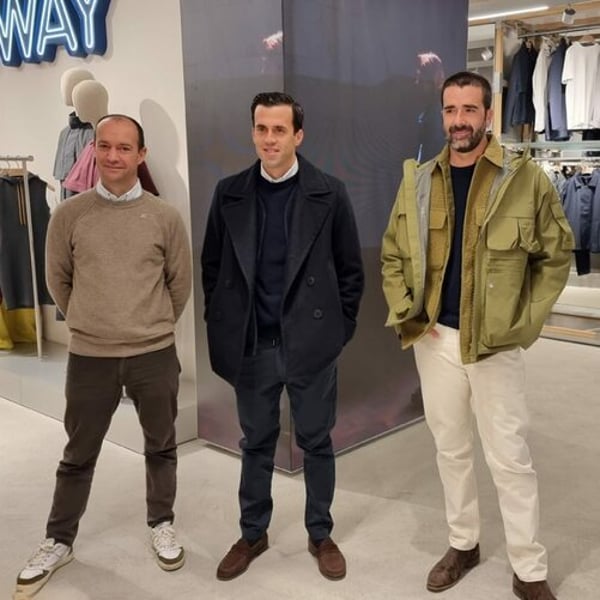Translated by
Nazia BIBI KEENOO
Published
July 16, 2025
Levi Strauss is riding a fresh wave of momentum, posting a 9% increase in like-for-like sales for the first half of its 2025 financial year. Building on that growth, the denim giant now expects full-year sales to rise by 1% to 2%.

But according to CEO Michelle Gass, the results reflect more than a temporary boost—they validate the vision and restructuring she has led since taking the helm in 2023. Under her leadership, Levi’s has made bold moves, including divesting its Denizen brand in Asia, exiting its footwear division, and selling Dockers, the iconic chinos label. The company’s “Project Fuel” transformation plan, launched in early 2024, also included a major reorganization of its regional headquarters.
These decisions align with Gass’s broader ambition to turn Levi’s into a global lifestyle brand rooted in denim, with a direct-to-consumer focus. “The brand has never been stronger, and that’s thanks to a combination of things,” Gass told analysts during a recent earnings call. “We have a rich heritage, but you have to earn that relevance every day. That means showing up wherever the consumer is—on social media, in music, at cultural events, through Beyoncé or Shaboozey’s wardrobe.”
The Beyoncé partnership, linked to her “Cowboy Carter” album and tour, is a powerful example of how Levi’s continues to blend culture and commerce.

“This quarter, we launched the third chapter of our ‘Reiimagine’ campaign with Beyoncé, recreating a classic Levi’s ad from the archives,” Gass said. “We rolled out a limited-edition product line and worked directly with her team through our House of Strauss platform to design exclusive, custom looks for her tour. Staying deeply connected to music culture remains a pillar of our marketing strategy.”
Levi’s music push doesn’t end there. In Europe, the brand recently partnered with Barcelona’s Primavera Sound festival, launching a capsule collection and branding three performance stages. It also released a special-edition collection in tribute to the legendary British band Oasis.
Still, Gass is quick to point out that Levi’s rebound isn’t built on celebrity campaigns alone—particularly in Europe, where sales rose 15% year over year on a like-for-like basis. “Last month, I visited key cities like Paris, Barcelona and Milan. I was genuinely impressed by the brand’s strength in these markets—both in-store and with younger consumers. Our teams have made real improvements in how and where Levi’s shows up,” she said. The group’s operating margin hit 17.2% in Q2, a 210 basis-point improvement. France, the UK, Italy and Spain all posted double-digit sales growth.
Gass said she met with key franchise partners as well as retail heavyweights like Zalando and Galeries Lafayette—and sees continued potential for growth across Europe.

Another bright spot is Levi’s “tops” category, which includes T-shirts, dresses and jumpsuits. “Last year, we restructured our tops division—and it’s paying off. This category is driving our evolution from jeans-only to full lifestyle,” Gass noted. The brand also introduced a new fast-track design function to bring tops and graphic tees to market faster and respond to trends through its direct channels.
The brand is leaning into the westernwear revival, citing strong sales for subtle western-inspired silhouettes. Long, baggy shorts—a nod to the Y2K aesthetic—have also performed well. Levi’s is branching out from its denim roots with fabric innovations like the “Linen plus Denim” blend, designed for warmer climates and now used across a wider range of product categories.
These innovations support Levi’s shift toward a more premium segment. The brand recently partnered with high-end label Sacai and launched its elevated Blue Tab line—moves that allow it to justify selective price increases.
Still, Levi’s remains a mass-market brand at its core. Gass is focused on leveraging technology and data to refine product offerings and enhance profitability.
“We’ve streamlined our assortment and introduced newness with discipline,” she said. “That’s helping us drive better productivity and more full-price sales. These choices are key to maintaining our market leadership and growing the average spend per customer.”
That discipline appears to be paying off. With strong investor confidence, Levi’s and its ambitious CEO are now one step closer to hitting their goals of 5% annual organic growth and 15% operating margins.
Copyright © 2025 FashionNetwork.com All rights reserved.







